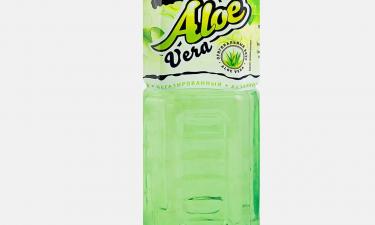Samara arranges exposition of valenkis ahead of New Year
The Russian city of Samara is seeing the Year of the Sheep with an exhibition of valenkis, or felt boots of a sort which are indispensable in Russia's severe frosts.
Valenkis first appeared in the Nizhny Novgorod province, on the Volga, in the 18th century. Valenki production was a painstaking and vexatious business. Sheep's wool had to be thoroughly washed, dried, died in boiling water and then lasted with a special tool - koza.
It took precisely 24 hours to make a pair of warm Russian valenkis. Then they could be decorated with beads, pyrography or embroidery.
Besides, valenkis were used in fortune telling. On Svyatki, the period between Christmas and New Year in old Russia, and on Epiphany, girls stuffed valenkis with a wedding ring, a clew, nuts, lumps of sugar and the suchlike, which were to predict what the next year would be like.
During the Great Patriotic War, or WWII, valenkis helped warriors survive the most severe frosts.
Along with conventional black and grey valenkis, the Samara exposition is featuring white, nearly a metre high valenkis, which were once made specially for Stalin.
Felt boots on rubber soles, which were popularly known as Farewell to Youth, were manufactured for city residents in the post-war time and were a variation of valenkis.
Also on display are valenkis by modern fashion designers, who announced them the shoes of the 21st century. Prominent among the present-day valenki designs are valenki "Millennium" with coloured balls inserted on the sides, "Roman Sandals" with cut-outs in front and at the sides, "Miss Valenki", "Abdullah" made in an oriental style and abounding in multi-coloured ribbons, and so on.
The exposition is featuring a total of 100 pairs of valenkis.
Subscribe to Pravda.Ru Telegram channel, Facebook, RSS!





